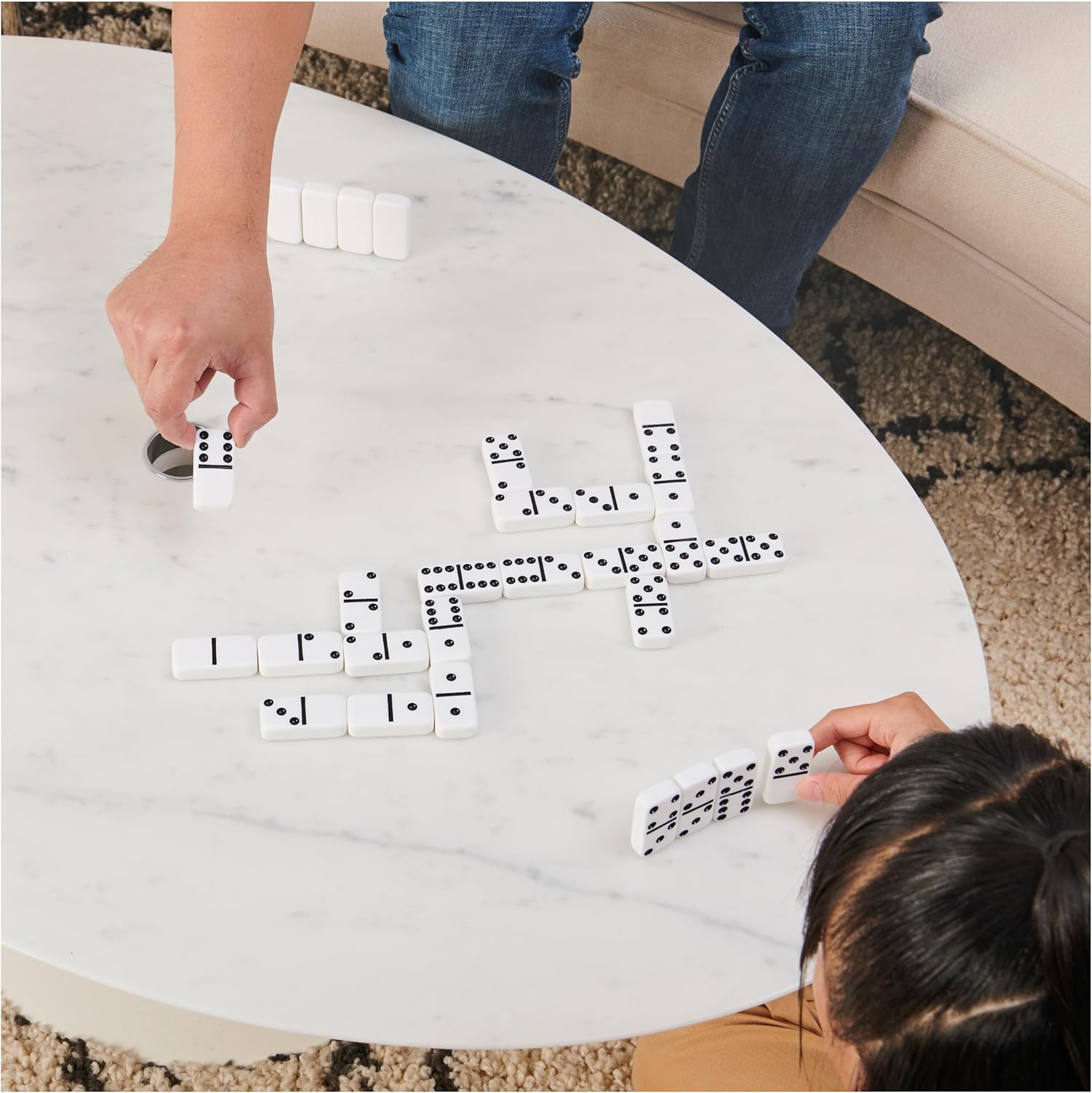Bergen Dominoes
Bergen dominoes, a variant of dominoes, is a captivating and strategic game that combines the simplicity of traditional dominoes with unique scoring methods and rules that elevate it to a more engaging and challenging experience. This detailed exploration of Bergen will delve into its origins, gameplay, scoring, strategies, and variations, providing a comprehensive overview that will not only inform but also enhance your appreciation and understanding of the game.
Origins and Background of Bergen
Bergen, deriving its name from the city in Norway, is a game that belongs to the broader family of domino games. The exact origins of Bergen dominoes are somewhat murky, as with many traditional games, but it is believed to have evolved over centuries, with variations of domino games being played worldwide. The adaptation known as Bergen distinguishes itself through specific gameplay mechanics and scoring rules, making it a unique variant within the domino family.
Equipment and Setup
To play Bergen, you need a standard double-six domino set, which consists of 28 tiles, each with two ends marked with spots (or "pips") numbering from 0 (blank) to 6. The game can be enjoyed by 2 to 4 players, making it versatile for different group sizes.
The game starts with each player drawing a certain number of tiles from the shuffled, face-down pile of dominoes (the "boneyard"). The number of tiles each player draws at the beginning depends on the number of participants: for a two-player game, each draws 7 tiles; for three or four players, each draws 5 tiles.
Bergen Dominoes Gameplay
The objective of Bergen is to be the first player to empty their hand of dominoes, while also scoring points through specific game actions. Gameplay proceeds clockwise from the first player, who is typically the one holding the highest double or determined through a random selection process.
On their turn, a player places a domino from their hand onto the table aligning it with another domino so that the adjacent ends match in number. For instance, a domino with a 4 and a 6 can be placed next to any domino with a 4 or a 6 on an open end. If a player cannot play a domino from their hand, they must draw from the boneyard until they can play or the boneyard is emptied.
Scoring
What sets Bergen apart from traditional dominoes is its scoring system. Points are scored in two primary ways:
Bergen: A player scores when they play a domino that results in the same numbers (pips) being at both ends of the domino chain. This matching scenario is called making a "Bergen". The player scores 2 points for each Bergen they make.
Doublet at the End: If a player plays a double (a domino with matching ends) and this double is at one end of the layout, they score the total number of pips on that double.
The game continues until one player has emptied their hand of dominoes or no more legal plays can be made (a block). In the case of a block, the player or team with the lowest total pips in their hand wins the round and scores points equal to the total pips in their opponents' hands.
Strategy
Strategic depth in Bergen lies in balancing the act of quickly depleting your hand with the tactical placement of dominoes to maximize scoring opportunities. Savvy players will keep track of which numbers have been played and attempt to control the board to either create scoring opportunities for themselves or block their opponents from making a Bergen. Managing your hand to be adaptable and planning several moves ahead is crucial for success.
Variations
Bergen can be modified with several variations to keep the game fresh or adjust the difficulty level. Some common variations include:
Teams: Players can pair up into teams, with teammates sitting opposite each other. Team scores are combined, adding a layer of collaborative strategy to the game.
Different Domino Sets: While the standard double-six set is commonly used, larger sets (like double-nine or double-twelve) can accommodate more players and introduce a wider variety of numbers for a more complex game.
Additional Scoring Rules: Some variations introduce additional scoring conditions, such as bonuses for clearing your hand first or penalties for certain actions, adding more strategic dimensions to the game.
Bergen offers a perfect blend of simplicity and complexity, making it an enduring favorite among domino enthusiasts. Whether you're a seasoned player or new to the game, understanding its rules, strategies, and variations can provide hours of entertainment and mental challenge. As with any game, the essence of Bergen lies not just in its mechanics but in the joy of competition, the thrill of strategy, and the bonds formed over countless rounds of play. Its enduring appeal is a testament to the timeless enjoyment that well-crafted games can provide, continuing to captivate and challenge players of all ages.
As an Amazon Associate, this site earns commission from qualifying purchases.

